
Table of Contents
Pakistan, a land of contrasts, is blessed with diverse landscapes, from towering mountains to vast deserts. Amidst this breathtaking scenery, Pakistan’s forests are a testament to the country’s natural beauty. These verdant havens, scattered throughout the country, play a vital role in the nation’s ecology, providing habitat for countless species, regulating climate, and conserving water resources.
Moreover, Pakistan’s forests exhibit remarkable diversity, from the dense pine forests of the Himalayas to the arid forests of Balochistan. Their towering trees, lush undergrowth, and serene ambiance offer a peaceful escape from the hustle and bustle of urban life. These forests are not merely passive landscapes; they are dynamic ecosystems that support a wide array of plant and animal life.
Beyond their aesthetic appeal, Pakistan’s forests provide numerous ecological benefits. They act as carbon sinks, absorbing carbon dioxide and helping to mitigate climate change. Forests also play a crucial role in soil conservation, preventing erosion and preserving fertile land. Additionally, they act as natural water filters, purifying water sources and ensuring a steady supply for communities and agriculture.
They are also home to diverse wildlife, including endangered species such as the snow leopard, markhor, and brown bear. These animals rely on forests for food, shelter, and breeding grounds. Protecting Pakistan’s forests is essential for conserving the country’s biodiversity and ensuring the survival of these magnificent creatures.
However, Pakistan’s forests face significant challenges, including deforestation, illegal logging, and climate change. These threats pose a serious threat to the country’s ecological balance and the well-being of its people. Pakistan has implemented various conservation measures to address these challenges, including establishing national parks, wildlife sanctuaries, and community-based forest management programs.
By promoting sustainable forest management and raising awareness about the importance of forests, Pakistan can ensure that these valuable ecosystems continue to thrive for generations to come. Protecting Pakistan’s forests is a matter of environmental conservation and a crucial step towards building a sustainable and resilient future for the country.
Pakistan has approximately 4.2 million hectares of forest and planted trees, which equates to about 4.8% of its total land area. This figure is relatively low compared to many other countries.
It’s important to note that the exact number of individual forests is difficult to determine, as many forests are interconnected or overlap. However, there are several major forest regions and national parks throughout Pakistan, each with its own unique characteristics and biodiversity.
Pakistan has a rich and diverse landscape, from snowy mountains to deserts and dense green forests. Here, we examine the different types of forests in Pakistan and their unique characteristics. These include coastal and swamp forests, tropical dry deciduous forests, tropical thorn forests, subtropical forests, pine forests, Himalayan moist temperate forests, Himalayan dry temperate forests, and montane forests.
These large forests are usually found near the Arabian Sea coast in Pakistan. Exotic species such as Avicenna maria (grey or white mangroves) and red mangroves can be found in these mangroves.
According to the latest estimates by the Food and Agriculture Organization of the United Nations (FAO), Pakistan has about 207,000 hectares of swamp land.
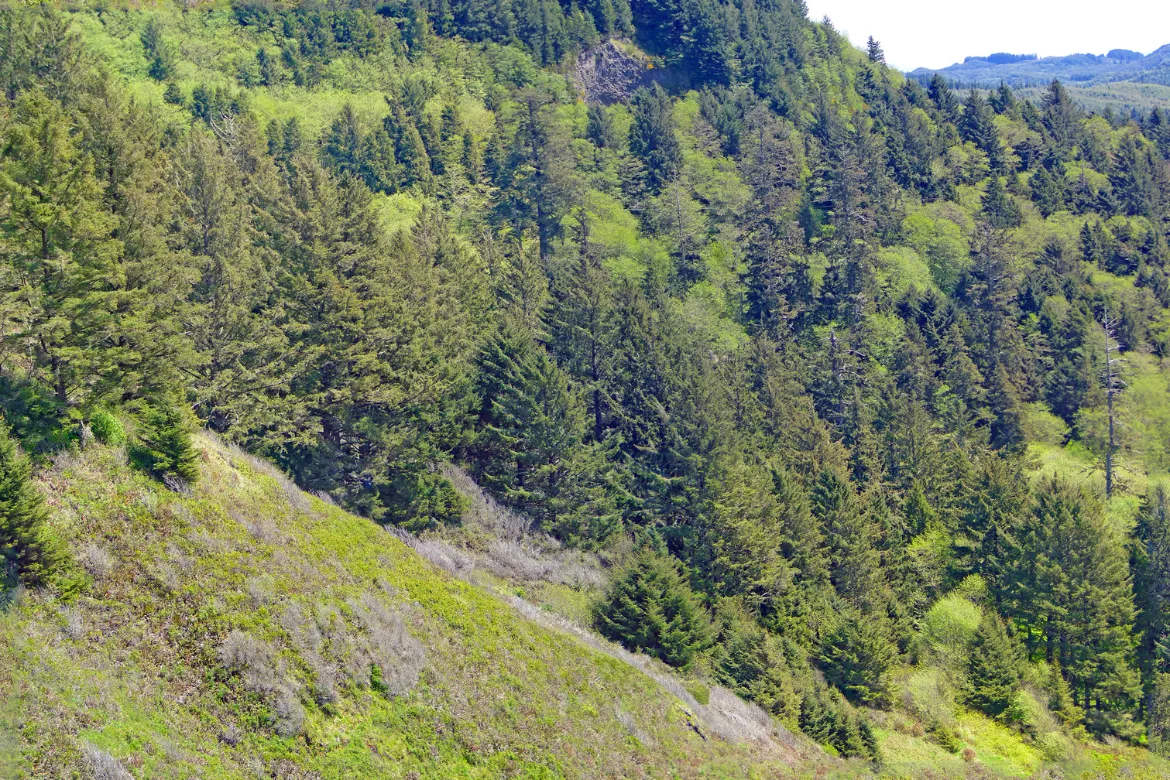
Coastal Forests In Pakistan
Tropical Dry Deciduous Forests
Tropical dry forests are characterized by deciduous trees that lose their leaves annually and grow to medium heights. These forests appear dense during the monsoon season and are indistinguishable from other types of forests when observed from the air.
Tropical dry deciduous forests usually share floral composition with other forests in Pakistan. Common trees and plants in these forests include Mallotus, Lannea, Bombax ceiba, Sterculia, plum trees, and Acacia. Typical shrub plants in the region include Adhatoda, Gymnosporia, and Indigofera.
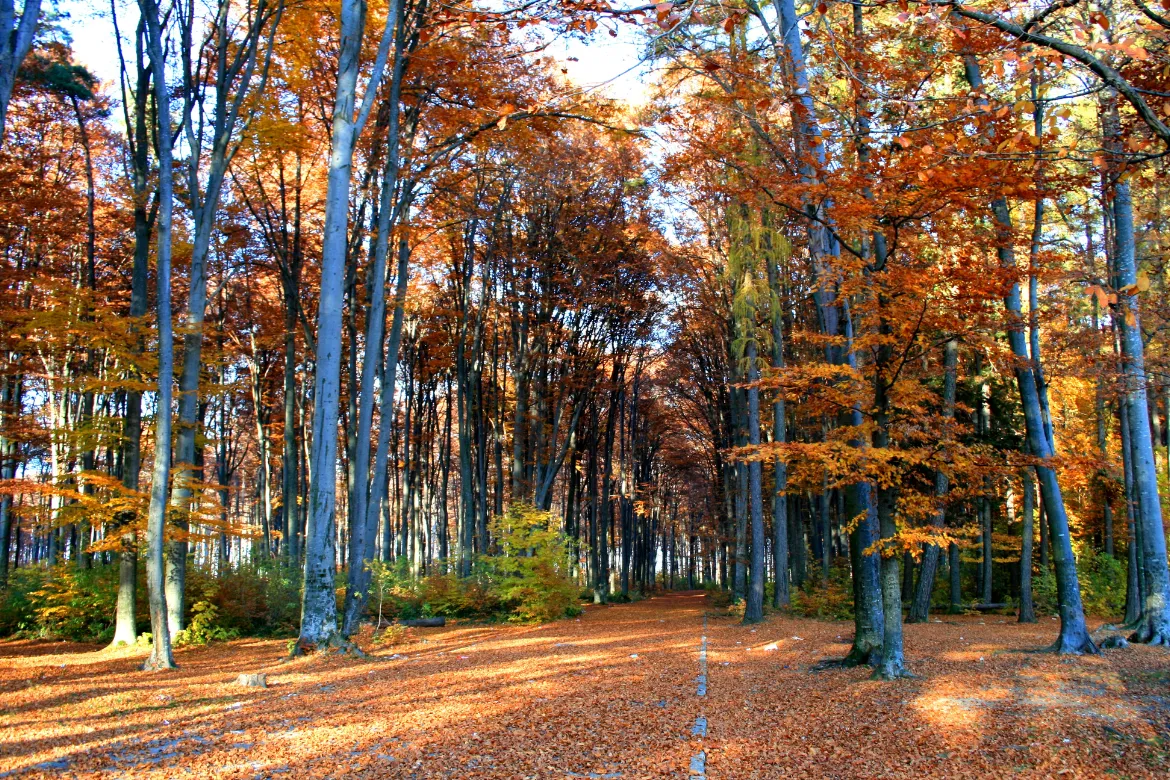
Tropical Dry Deciduous Forests
Tropical thorn forests, also known as thorn forests, are characterized by dense, shrubby vegetation. It is a type of dry forest. They are usually found in places with warm temperatures and low rainfall.
These forests have three basic characteristics: they are found in areas where rainfall is less than 70 cm; they include thorny shrubs with long roots that help them stay moist by accessing groundwater sources; and they include trees and plants with thick and small leaves that reduce evaporation.
In Pakistan, tropical thorn forests are classified by their vegetation peaks and are found around the Indus Valley plains and in Sialkot, Gujarat and Jhelum districts.
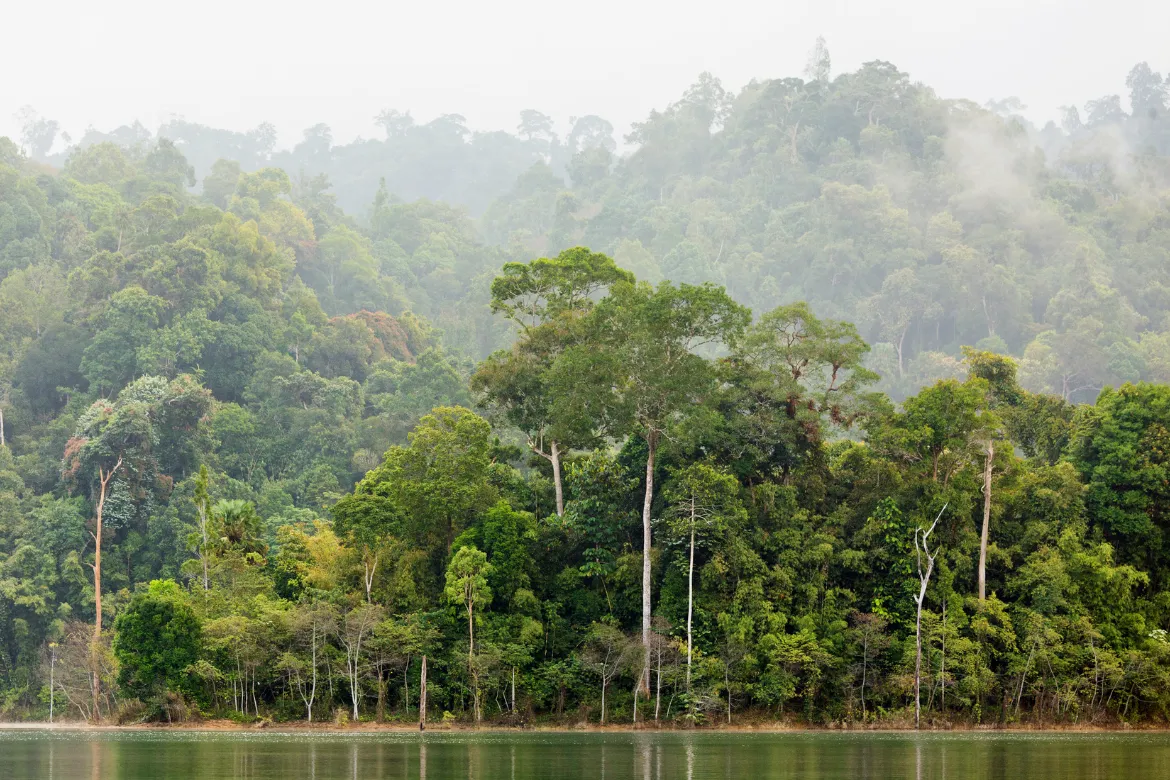
Tropical Thorn Forest
Subtropical Evergreen Broadleaf Forests
Subtropical evergreen broadleaf forests are dry forests with thorny, small-leaved and evergreen plant species such as succulents. Olive trees, humble acacia trees and dodonaea trees are common here.
These forests are commonly found around Pakistan’s Himalayan foothills and lower slopes, especially around the Salt Range, Kala Chita and Murree Hills.
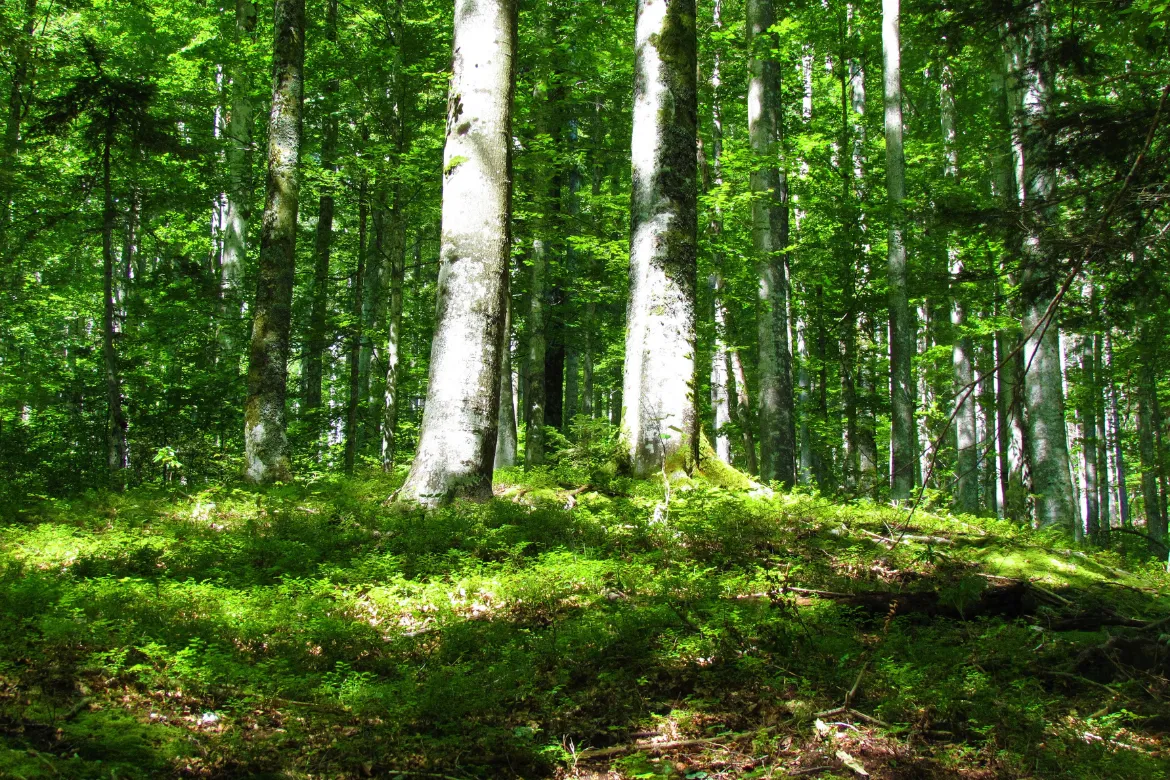
Subtropical Evergreen Broadleaf Forests
Subtropical pine forests are usually found in areas with warm temperate climates and moderate to high rainfall. Pine trees and other coniferous and deciduous trees characterize these forests.
Subtropical pine forests are found at low altitudes in the Pakistani Himalayas and are an important source of wood and resin.
Pakistan has moist temperate Himalayan forests between 1,200 and 3,000 meters above sea level. These forests are characterized by abundant rainfall, moderate to high humidity, and various tree species, including oak, rhododendron, and cedar. They are home to a wide variety of wildlife.
Forests also play an important role in the local economy, providing valuable resources such as timber, non-timber forest products, and ecotourism opportunities.
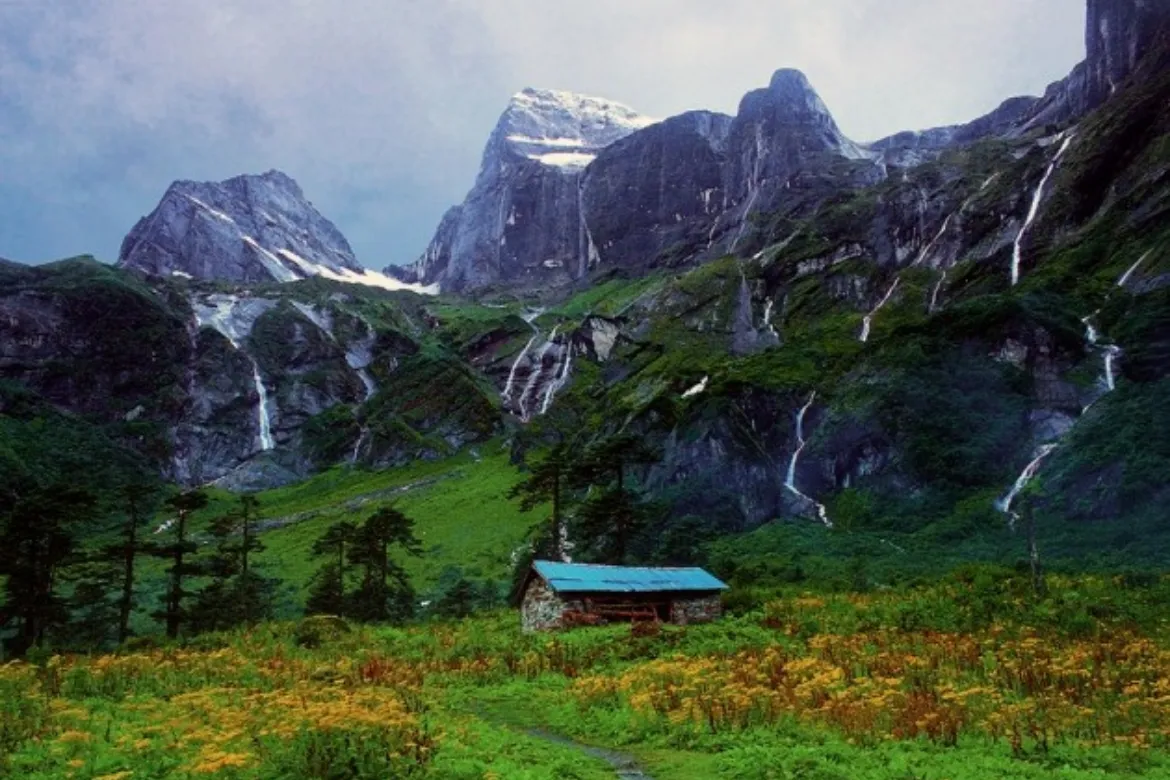
Humid Temperate Himalayan Forests
Dry Temperate Forests of the Himalayas
The dry temperate forests of the Himalayas are found in Pakistan at altitudes between 2,000 and 4,000 meters. The weather is generally dry and cool, with low rainfall and high evaporation rates.
The tree species in these forests have adapted to these conditions and have small leaves and thick bark to reduce water loss. These forests are home to a variety of wildlife and also contribute to the local economy through timber production and ecotourism.
Alpine forests are found at high altitudes, usually above the tree line. It is found at altitudes of more than 4,500 meters in the Himalayas of Pakistan.
These forests are characterized by stunted trees and shrubs and a wide variety of alpine flowers and grasses. Due to their harsh, cold environment, wildlife is rare in these forests. However, they play an important role in maintaining ecological balance and provide opportunities for ecotourism.
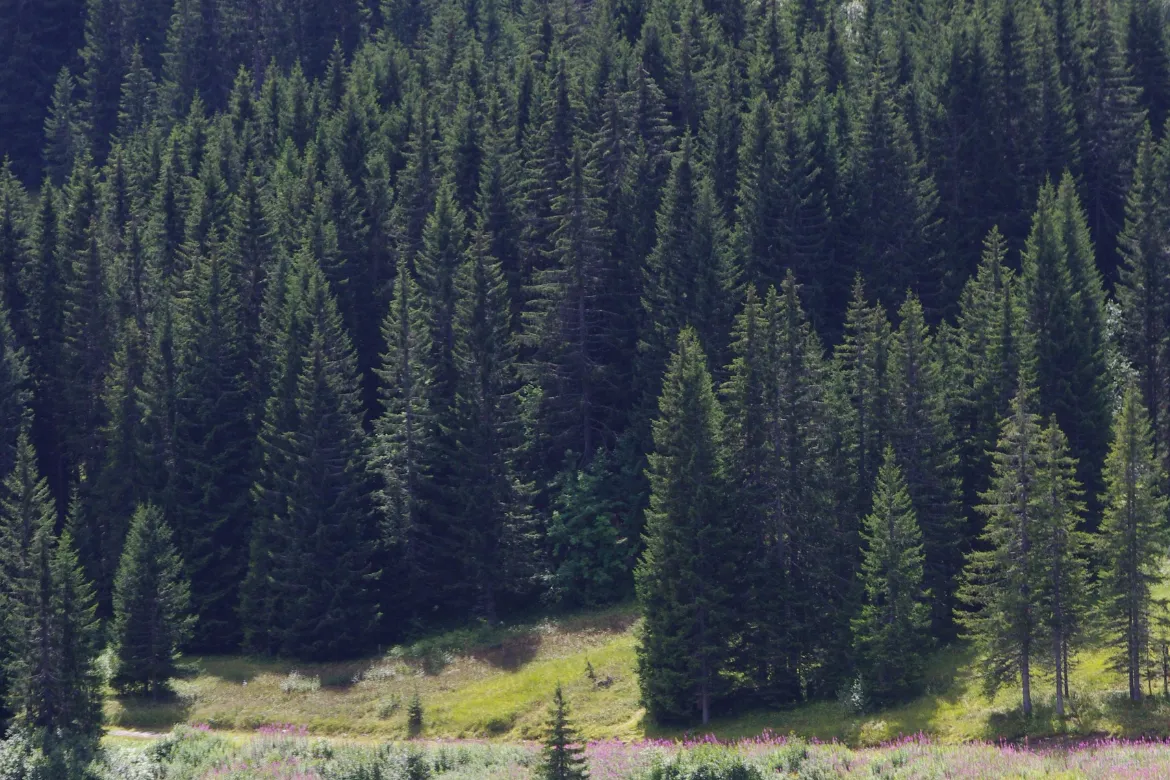
Alpine Forest
Pakistan, with its diverse landscapes, is home to various enchanting forests. These forests offer breathtaking scenery, opportunities for adventure, and a chance to connect with nature. Let’s explore some of the most popular forests in Pakistan:
Location: Sheikhupura district, Punjab
Area: Approximately 100 square kilometers
Trees: Acacia, eucalyptus, pine, and poplar
Changa Manga Forest is the largest man-made forest in Pakistan. The forest offers a variety of recreational activities, including boating, fishing, and camping. Visitors can also explore the nearby historical sites, such as the Haveli of Nawab Bahadur Khan.
Changa Manga Forest is a unique and valuable natural resource in Punjab. It is about 80 km southwest of Lahore and can be reached in about an hour by car. The forest, which covers an area of about 48,000 acres, was previously considered the largest man-made forest in the world.
It is also known for its unique system of canals and waterways, which were originally built to facilitate the transportation of timber. Today, these canals allow visitors to enjoy the serene beauty of the forests by boat.
They also play a vital role in conserving biodiversity, providing habitats for many endangered species. Changa Manga also regulates local water levels and mitigates the effects of floods and droughts. It also houses a rest house, a zoo, and a wildlife breeding center.
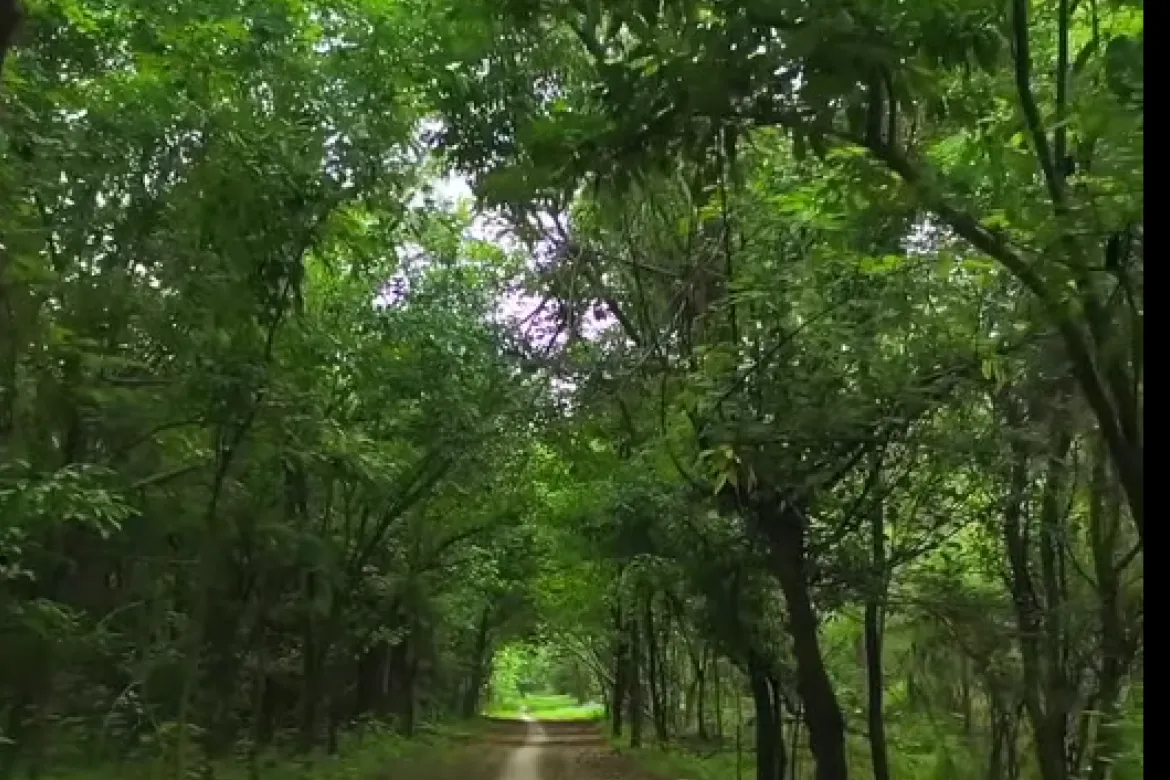
Changa Manga Forest
Also Read: Amazing Facts About Pakistan
Location: Ziarat district, Balochistan
Area: Approximately 10 square kilometers
Trees: Juniper
Ziarat Juniper Forest is a unique forest known for its juniper trees, a rare species in Pakistan. The forest is home to the Quaid-i-Azam Residency, the former residence of Muhammad Ali Jinnah, the founder of Pakistan. Visitors can enjoy hiking, sightseeing, and exploring the historical sites. The dense Ziarat Juniper Forest surrounds the picturesque town of Ziarat, also known as Sanober. This is the largest juniper forest in Pakistan. It is considered to be the second largest of its kind in the world. The forest covers an area of 110,000 hectares and is considered a major tourist attraction.
It contains various types of plants, including the famous juniper tree, from which the forest gets its name. The forest is also an important environmental resource for the local community, providing important ecosystem services such as water regulation and soil conservation.
The forest juniper plays an important role in preventing soil erosion and regulating groundwater levels, helping to maintain the fertility of the surrounding area.

Top forests in Pakistan – Ziarat Forest
Also Read: Complete Travel Guide To Balochistan Province
Location: Dir district, Khyber Pakhtunkhwa
Area: Approximately 30 square kilometers
Trees: Pine, oak, and deodar
Dir Forest is a beautiful forest in the Dir Valley. It offers stunning scenery, including the Dir River and the surrounding mountains. Visitors can enjoy hiking, trekking, and camping in this peaceful environment.
These are just a few of the many beautiful forests in Pakistan. Each forest offers a unique experience, from the tranquility of pine forests to the breathtaking views of mountains. Whether you’re seeking adventure or a peaceful retreat, Pakistan’s forests have something to offer everyone.

Dir Forest
Location: Salt Range, Punjab
Area: Approximately 120 square kilometers
Trees: Acacia, eucalyptus, pine, and poplar
Soon Valley Forest is known for its diverse flora and fauna. The forest is home to a variety of bird species, making it a popular destination for birdwatching. Visitors can also enjoy picnics, camping, and exploring the nearby historical sites.
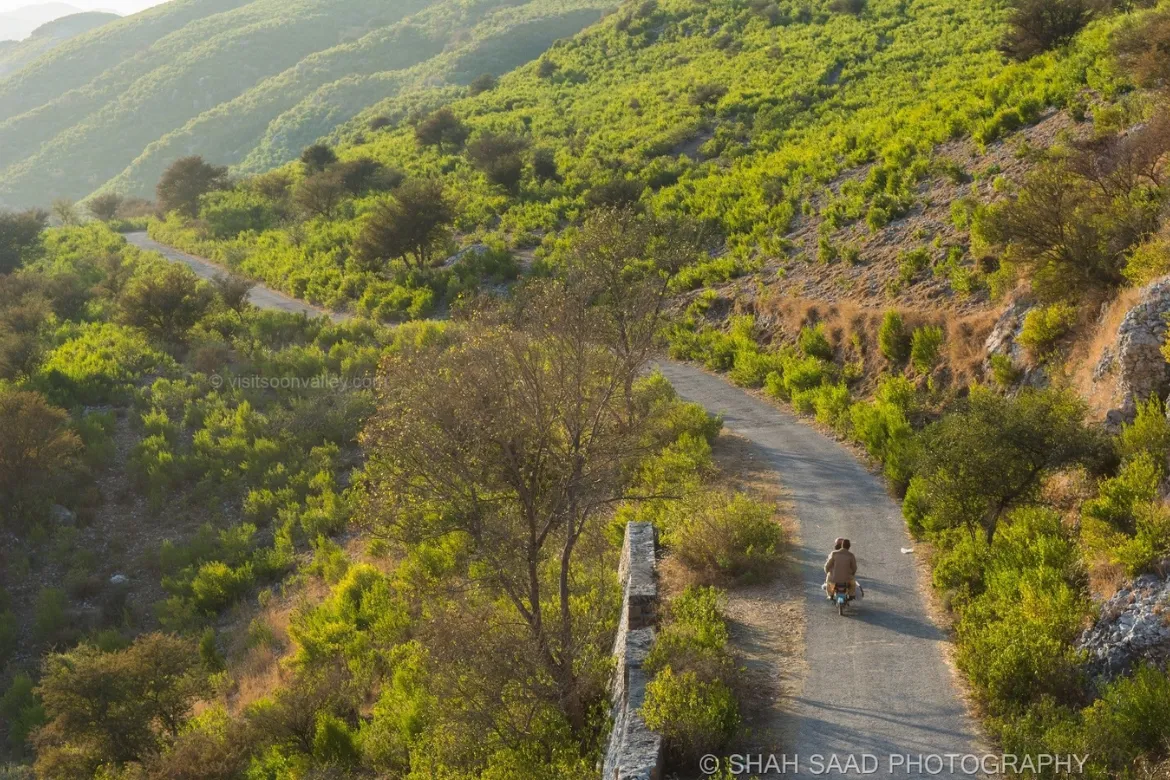
Top forests in Pakistan – soon Valley Forest
Also Read: History of Majestic Shimshal Valley
Location: Galliyat region, Khyber Pakhtunkhwa
Area: Approximately 30 square kilometers
Trees: Pine, oak, and deodar
Mukshpuri Forest is famous for its stunning views of the Himalayas. The forest offers a variety of hiking trails, leading to the summit of Mukshpuri Peak. Visitors can also enjoy camping, picnicking, and exploring the nearby villages.
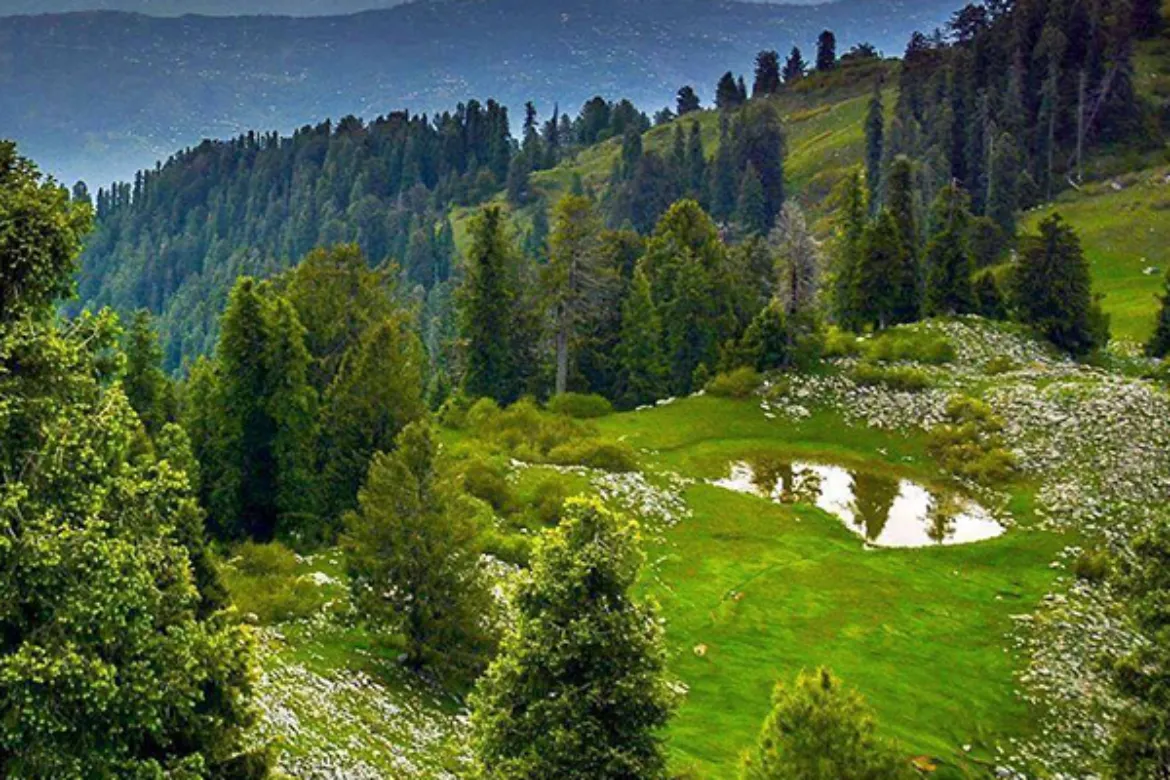
Top forest in Pakistan: Mushkpuri Jungle
Location: Astore district, Gilgit-Baltistan
Area: Approximately 20 square kilometers
Trees: Pine, fir, and birch
Rama Meadows Forest is a beautiful alpine forest located in the Karakoram Mountains. The forest offers stunning scenery, including alpine meadows, glaciers, and snow-capped peaks. Visitors can enjoy camping, trekking, and fishing in this pristine environment.

Famous Forest In Pakistan: Rama Forest
Also Read: Rama Meadows: Unmatchable Natural Beauty
Location: Swat Valley, Khyber Pakhtunkhwa
Area: Approximately 50 square kilometers
Trees: Pine, fir, and deodar
Kalam Forest is a beautiful forest in the Swat Valley. It offers stunning scenery, including the Kalam River, Malam Jabba ski resort, and Mahudand Lake. Visitors can enjoy hiking, trekking, fishing, and camping in this picturesque area.
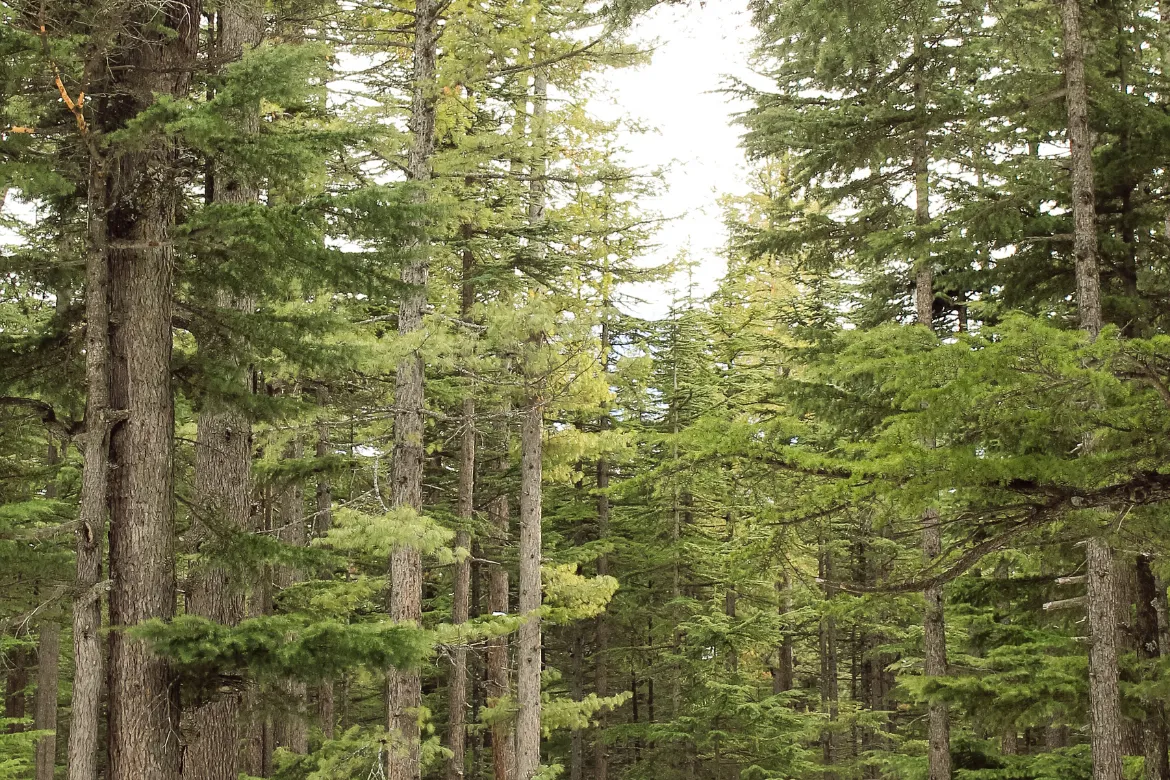
Top Forest in Pakistan Kalam Forest
Also Read: Travel Guide of Sharan Forest Pakistan
Location: Chitral Valley, Khyber Pakhtunkhwa
Area: Approximately 1,200 square kilometers
Trees: Deodar, pine, spruce, fir, and willow
Chitral Forest is renowned for its dense stands of deodar and pine trees. The forest covers a vast area and offers a variety of hiking and trekking trails. Visitors can enjoy camping, fishing, and birdwatching in this serene environment.
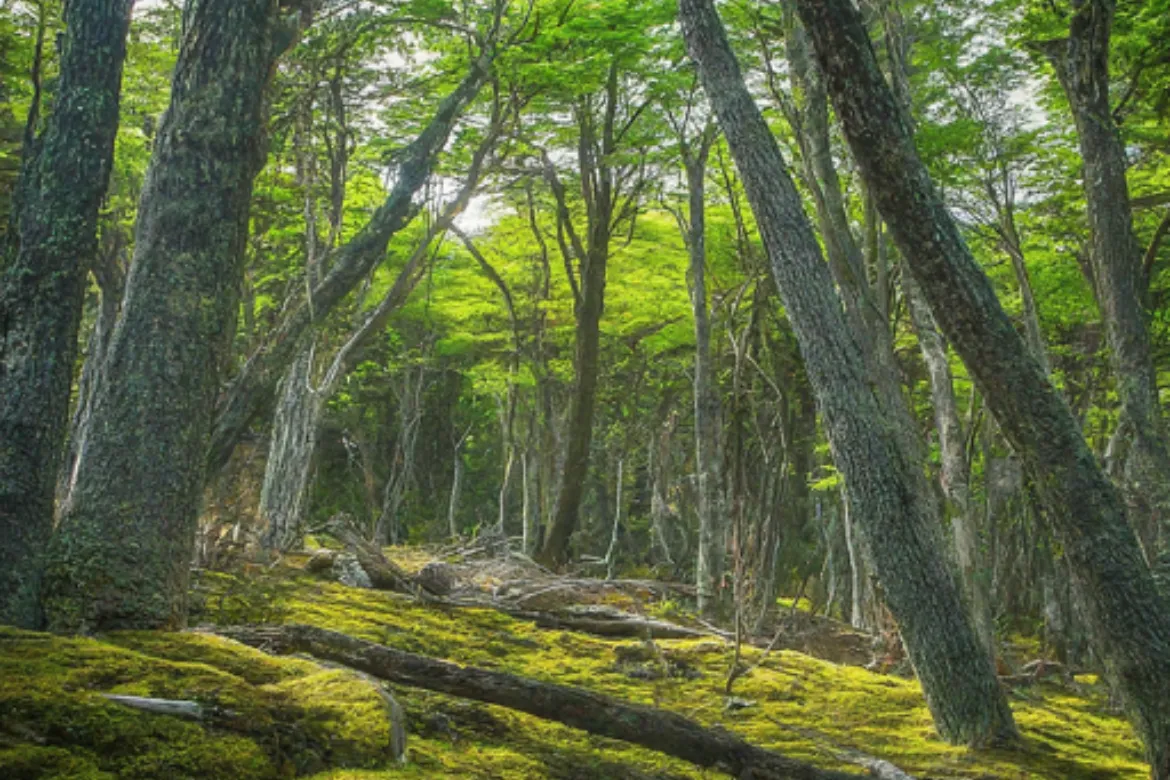
Forest in Pakistan: Chitral Forest
Book Your Chitral Tour Now
Location: Swat Valley, Khyber Pakhtunkhwa
Area: Approximately 15 square kilometers
Trees: Pine, fir, and birch
Mahodand Lake Forest surrounds the beautiful Mahodand Lake. The forest offers stunning scenery, including snow-capped peaks and alpine meadows. Visitors can enjoy camping, fishing, and boating on the lake.
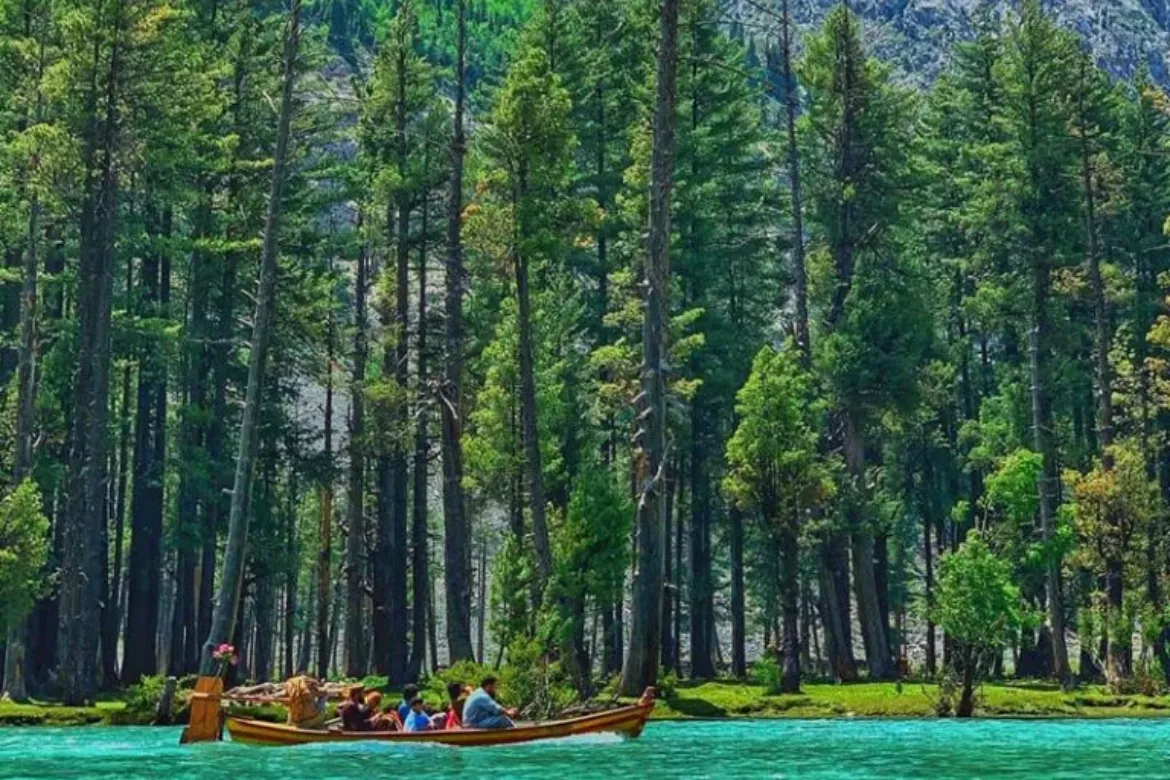
Forest in Pakistan: Mahodand Lake Forest
Location: Swat Valley, Khyber Pakhtunkhwa
Area: Approximately 20 square kilometers
Trees: Pine and fir
Ushu Forest is a beautiful forest in the Swat Valley. It offers stunning scenery, including the Ushu River and the surrounding mountains. Visitors can enjoy hiking, trekking, and camping in this peaceful environment.
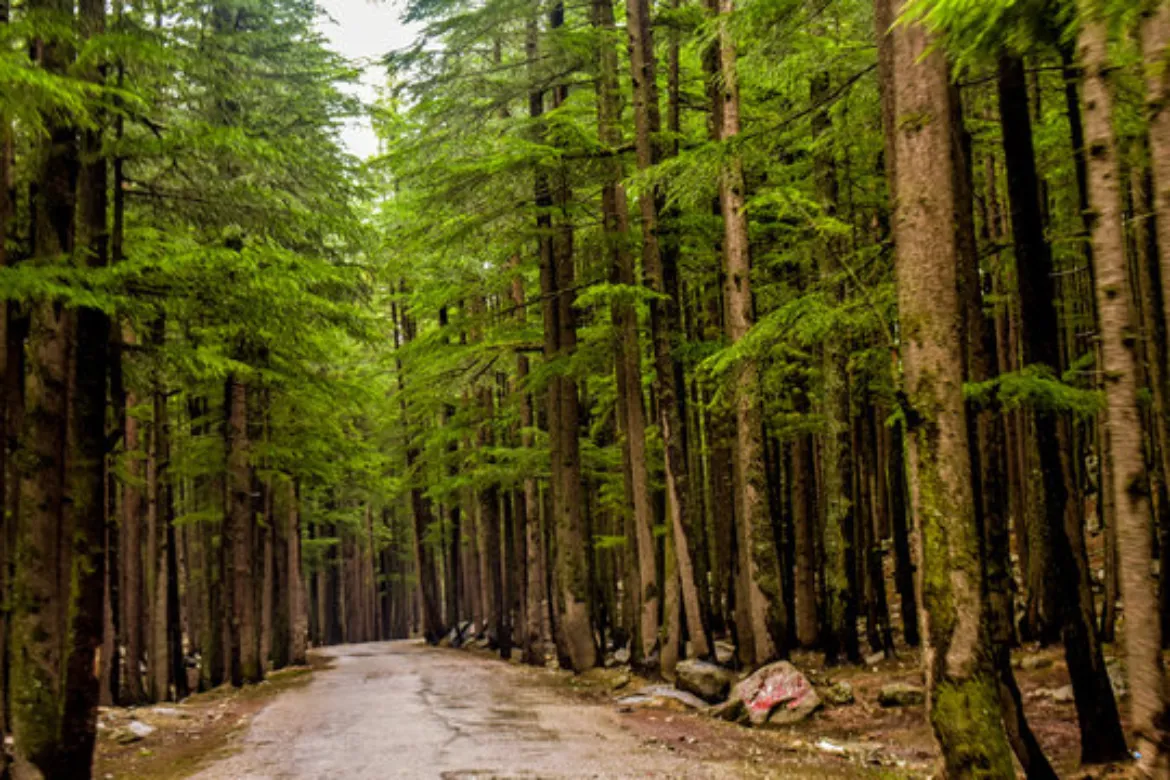
Forests in Pakistan: Ushu Forest
Forests in Pakistan are very important for both environmental and economic reasons. Forests provide several ecosystem services, such as regulating the water cycle, controlling soil erosion, regulating climate, and maintaining biodiversity.
They also contribute to the livelihoods of local communities by providing resources such as timber, non-timber forest products, and pastures. Here are some of the major factors why Pakistan needs more forests:
Pakistani forests are home to various plant and animal species, some of which are unique to the country. These forests play a vital role in conserving biodiversity and maintaining the balance of the ecosystem.
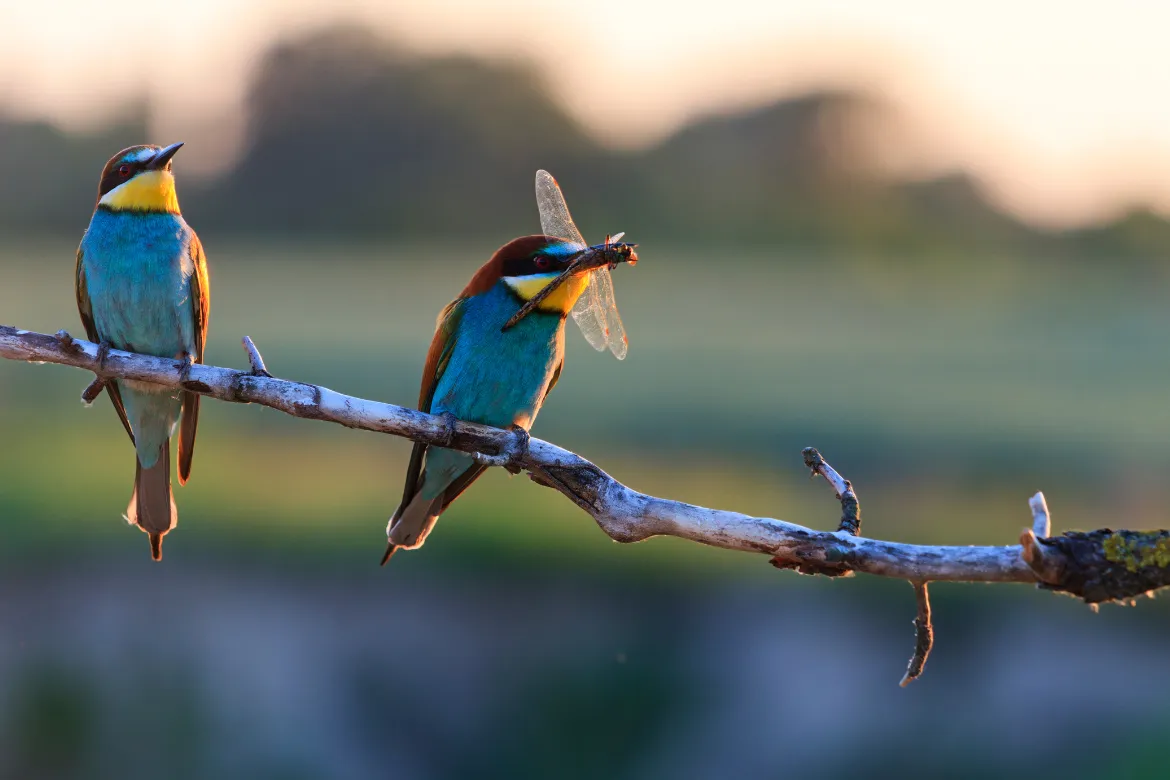
Importance of forests in Pakistan – Biodiversity
They also act as carbon sinks, mitigating climate change’s effects. Trees and other plants absorb carbon dioxide from the atmosphere and store it in their biomass, helping to reduce greenhouse gas levels.
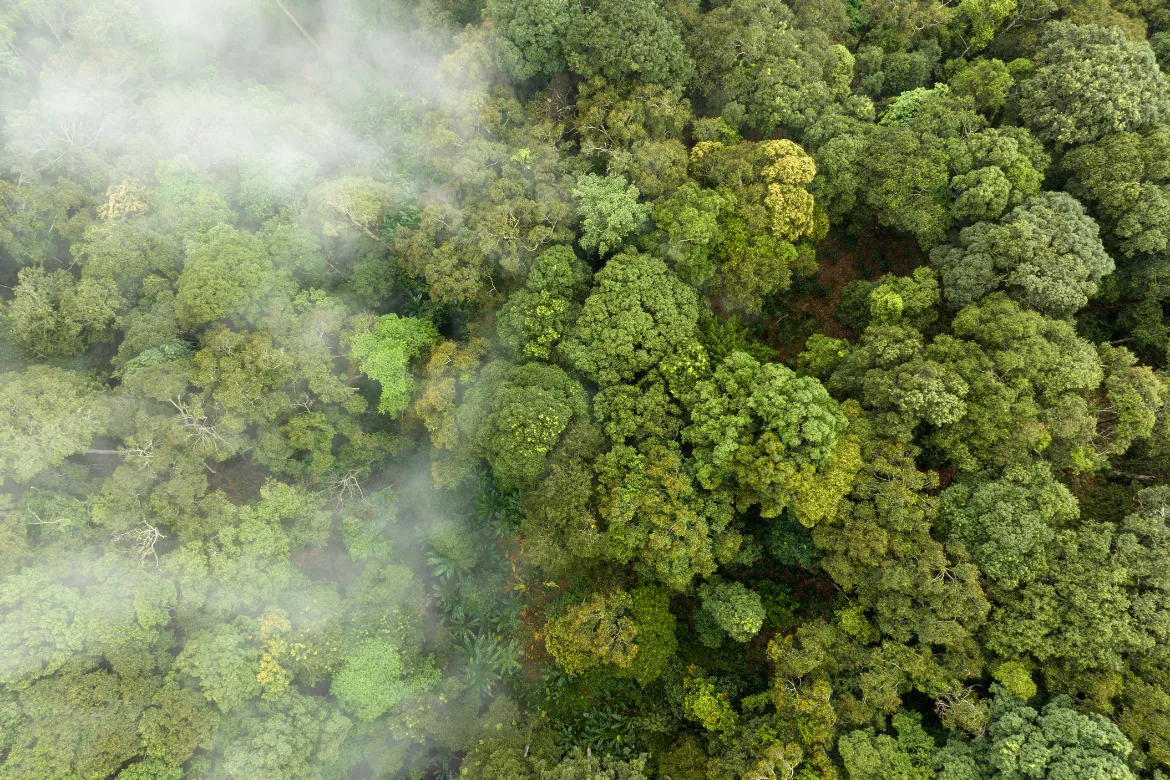
Importance of forests in Pakistan – Abrosh carbon dioxide
Forests regulate the water cycle by protecting watersheds and preventing soil erosion. This ensures a continuous supply of water for human and animal consumption and agriculture.
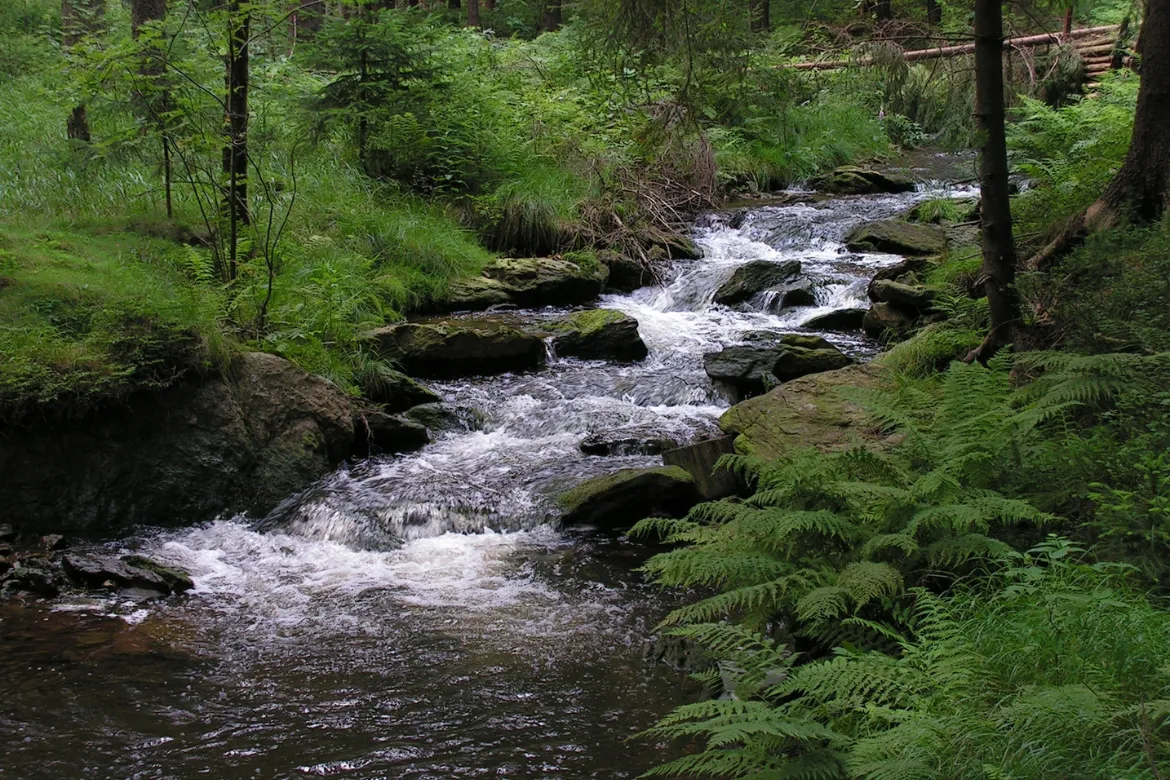
Importance of Forests in Pakistan- Water Regulation
They also regulate climate by absorbing carbon dioxide and releasing oxygen. In addition, they provide shade and cool the air, reducing the urban heat island effect.
Pakistan’s forests can attract tourists from all over the world. It provides them with a unique opportunity to experience the beauty and diversity of Pakistan’s wild nature. Ecotourism in Pakistan can contribute significantly to the local economy and raise awareness and support for conservation efforts.

Importance of forests in Pakistan – Ecotourism
The country’s diverse geography and climate have given rise to a wide range of forest ecosystems. Each forest has its own unique characteristics and importance. From mangroves along the Arabian Sea to forests in the Himalayas, these forests provide valuable ecosystem services, support local livelihoods and offer tourism opportunities. We must continue to monitor and protect these forests for the benefit of present and future generations.
Since 2017, Saba Ghani has been serving as the talented and dedicated chief content writer for Pakistan Tour and Travel & EMHI Solutions. With her exceptional writing skills and in-depth knowledge of the travel industry, she has been instrumental in crafting engaging and informative content that captivates the audience. You can catch her at saba@pakistantourntravel.com or Twitter
12Years of relentless tourism Services in Pakistan